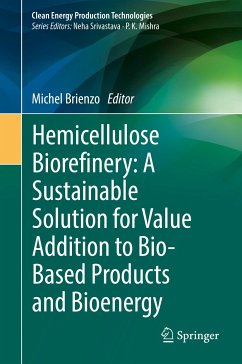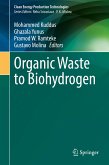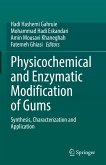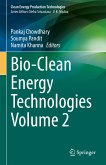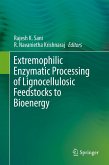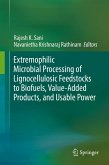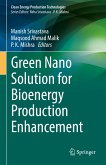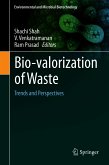This edited book provides knowledge about hemicelluloses biorefinery approaching production life cycle, circular economy, and valorization by obtaining value-added bioproducts and bioenergy. A special focus is dedicated to chemical and biochemical compounds produced from the hemicelluloses derivatives platform. Hemicelluloses are polysaccharides located into plant cell wall, with diverse chemical structures and properties. It is the second most spread organic polymer on nature and found in vast lignocellulosic materials from agro and industrial wastes, therefore, hemicelluloses are considered as abundant and renewable raw material/feedstock. Biorefinery concept contributes to hemicelluloses production associated with biomass industrial processes. Hemicelluloses are alternative sources of sugars for renewable fuels and as platform for chemicals production. This book reviews chemical processes for sugar production and degradation, obtaining of intermediate and final products, and challenges for pentose fermentation. Aspects of hemicelluloses chain chemical and enzymatic modifications are presented with focus on physicochemical properties improvement for bioplastic and biomaterial approaches. Hemicelluloses are presented as sources for advanced materials in biomedical and pharmaceutical uses, and as hydrogel for chemical and medicine deliveries. An interdisciplinary approach is needed to cover all the processes involving hemicelluloses, its conversion into final and intermediate value-added compounds, and bioenergy production. Covering this context, this book is of interest to teachers, students, researchers, and scientists dedicated to biomass valorization. This book is a knowledge source of basic aspects to advanced processing and application for graduate students, particularly. Besides, the book serves as additional reading material for undergraduate students (from different courses) with a deep interest in biomass and waste conversion, valorization, and chemical products from hemicelluloses
Dieser Download kann aus rechtlichen Gründen nur mit Rechnungsadresse in A, B, BG, CY, CZ, D, DK, EW, E, FIN, F, GR, HR, H, IRL, I, LT, L, LR, M, NL, PL, P, R, S, SLO, SK ausgeliefert werden.

